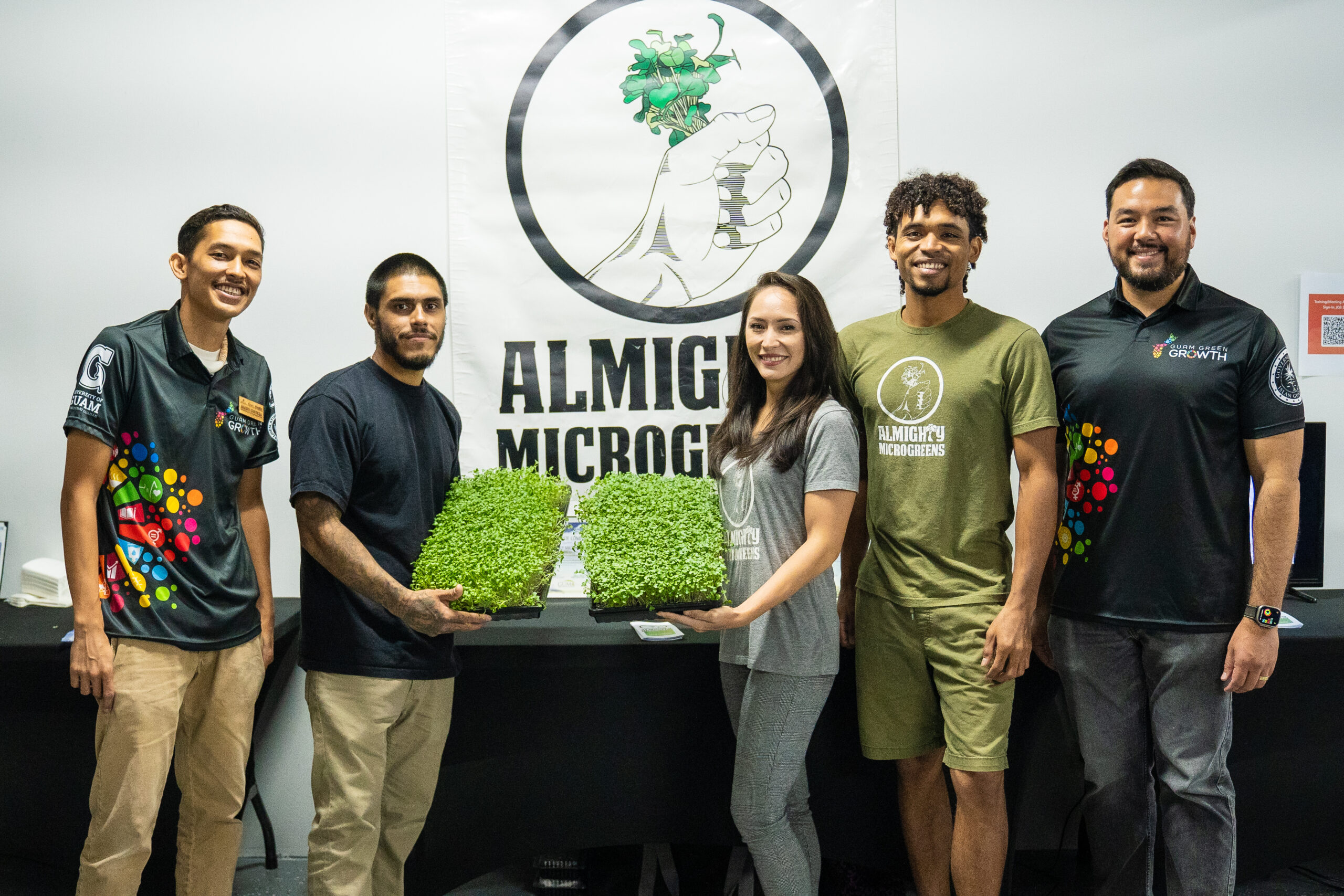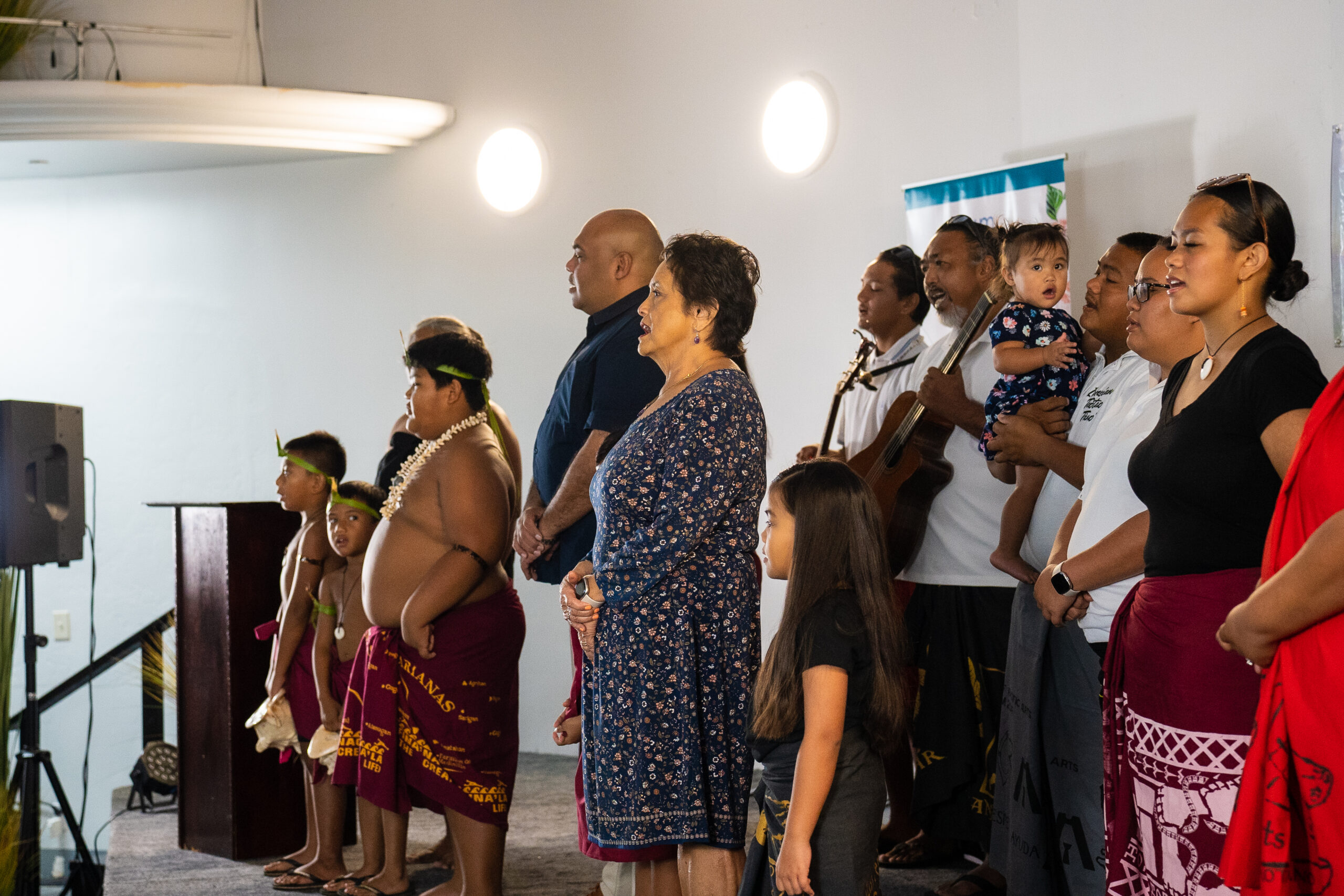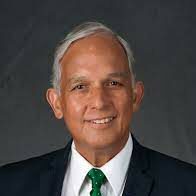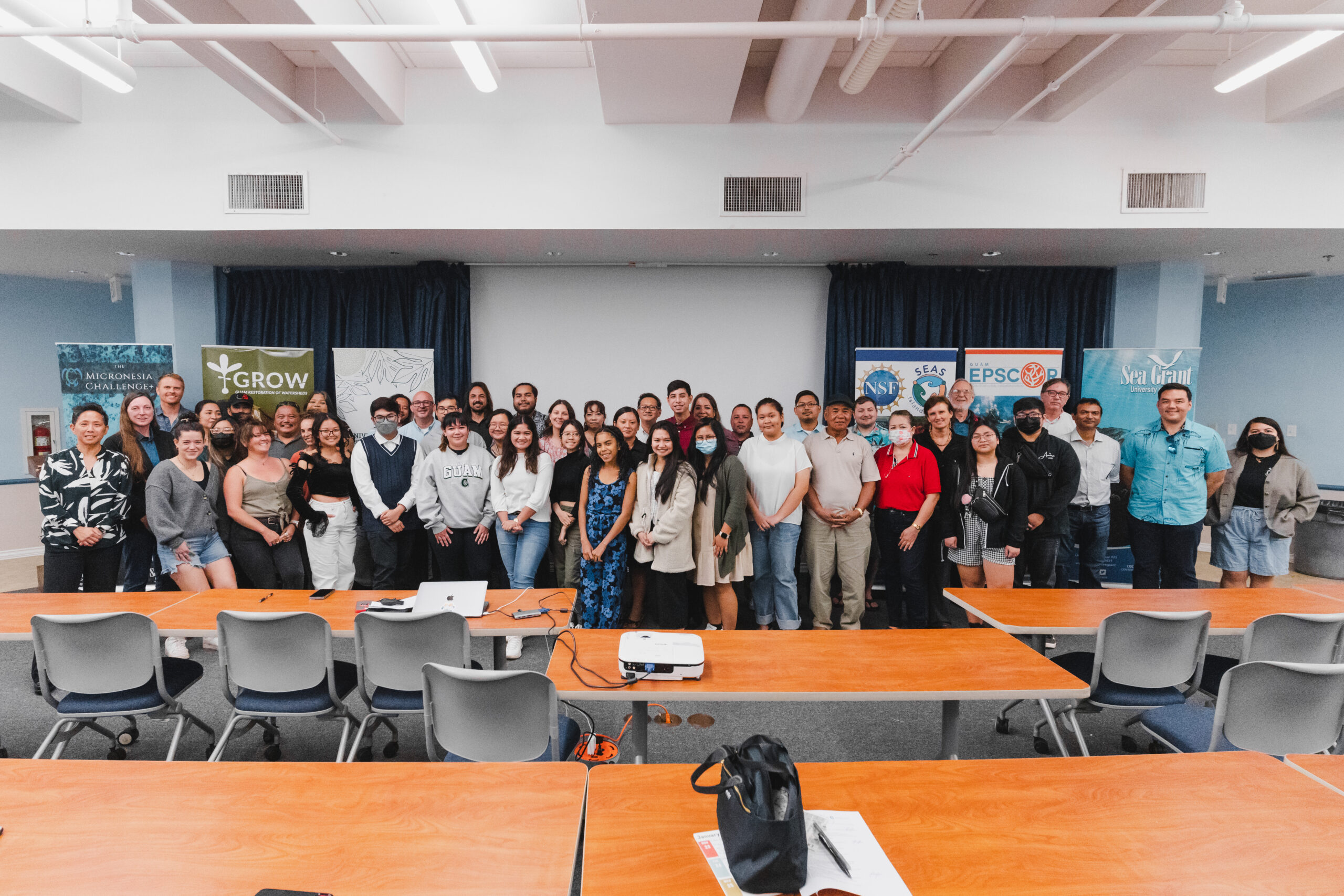

With the goal of discovering innovative ways to repurpose waste, the Guam Green Growth (G3) Circular Economy Makerspace and Innovation Hub organized a plastic fusion workshop this month at CHamoru Village.
During the workshop, Abby Crain, the coordinator of G3 Circular Economy Makerspace and Innovation Hub, demonstrated techniques to transform discarded plastic bags into wallets, purses, and pouches.
She explained plastic fusion as a process in which plastic sheets are melded together into a pattern using heat. Crain used specific types of plastic bags (#2, #4, or #5) for each project, along with patterns, parchment paper, and a flat iron as a heat source.
Proper heat application is crucial in plastic fusion, so participants were instructed to follow safety precautions, according to Crain.
At the beginning of the workshop, Phil Cruz, the sustainability coordinator at UOG Center for Island Sustainability and Sea Grant, helped participants understand the necessity of finding alternative uses for plastic waste.
Cruz emphasized that plastic waste not only mars the island’s landscape but also contaminates the oceans. Safeguarding the environment is paramount for an island community like Guam, as ocean-bound waste can infiltrate the food chain.
Plastics degrade into microplastics, which are ingested by fish. When these contaminated fish are consumed by other marine animals and humans, microplastics travel up the food chain, posing a threat to ecosystems and human health alike.
Moreover, culturally significant and endangered marine animals like the green and hawksbill sea turtles often mistake plastic bags for food since they resemble jellyfish.
“Not only is it (plastic waste) an eyesore but it also goes into our ocean. As an island community, we must do our utmost to protect our environment,” Cruz said.
While plastic pollution is a common concern in the community, Guam also faces challenges in proper waste management and recycling due to the global collapse of the plastic recycling industry in 2020. Consequently, shipping plastics off the island is no longer viable, according to Cruz.
“Therefore, the island community must find creative solutions,” he added.
The concept of Zero Waste becomes crucial in this context, involving the reduction of landfill waste by being mindful of consumption and waste generation, according to Cruz.
With this in mind, workshops are held at the G3 Circular Economy Makerspace and Innovation Hub to repurpose discarded plastics, shaping them into new and useful items.
Additionally, the hub utilizes precious plastic machines to break down specific plastics and mold them into innovative products.
These initiatives reflect Guam’s commitment to addressing its plastic problem while actively involving the community in sustainable practices.

























